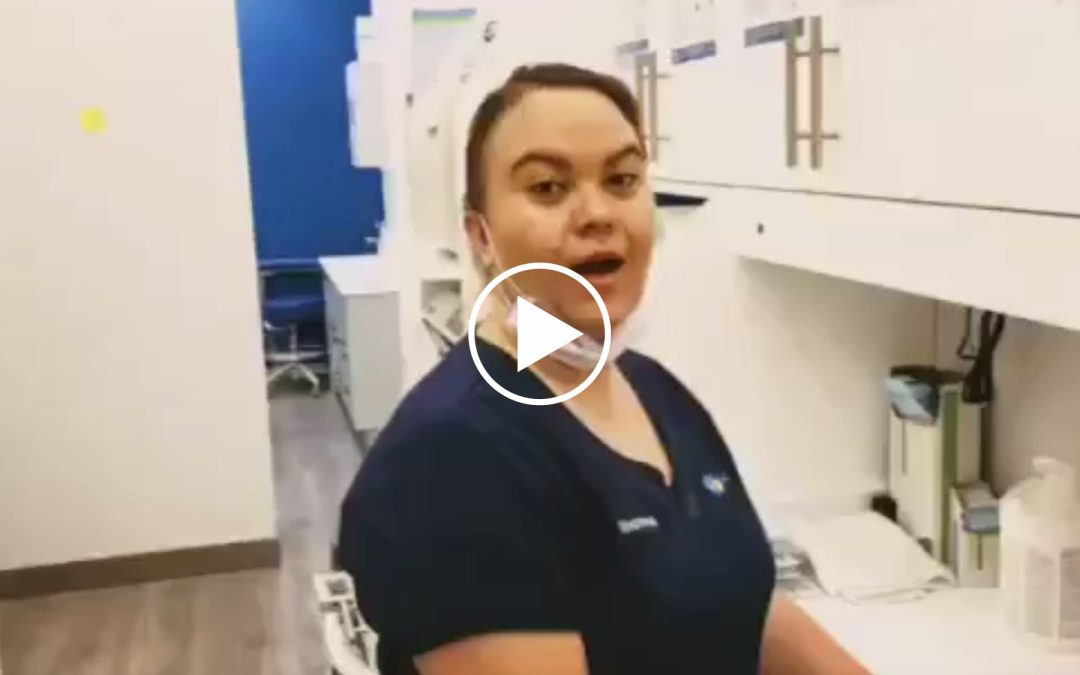In the world of dentistry, patient safety is paramount. One of the fundamental practices that contribute to a safe and hygienic environment is the proper sterilization of dental equipment. In this guide, we will walk you through the essential steps and best practices for sterilizing dental instruments, ensuring both the well-being of your patients and the excellence of your oral care practice.
Why Sterilization is Crucial:
Dental procedures often involve close contact with bodily fluids and tissues, making the sterilization of instruments a non-negotiable aspect of oral care. Proper sterilization not only prevents the transmission of infections but also instills confidence in patients, showcasing your commitment to their health and safety.
Step-by-Step Sterilization Guide:
1. Pre-Cleaning: Before any sterilization process begins, it’s crucial to pre-clean instruments. Remove any visible debris or contaminants by thoroughly rinsing and scrubbing the instruments. This initial step is essential for the effectiveness of subsequent sterilization methods.
2. Packaging: Once cleaned, instruments should be properly packaged to maintain their sterility until use. Use sterilization pouches or wraps that allow penetration of the sterilizing agent while preventing contamination from external sources.
3. Autoclaving: Autoclaving is a widely used and highly effective method of sterilization. Follow these steps for autoclaving:
- Arrange instruments in a single layer to ensure proper steam penetration.
- Use autoclave-compatible packaging materials.
- Follow manufacturer guidelines for temperature, pressure, and duration.
- Regularly monitor and maintain autoclave equipment to ensure optimal performance.
4. Chemical Sterilization: Some instruments may be sensitive to heat and pressure, requiring chemical sterilization. Common chemical sterilants include glutaraldehyde and hydrogen peroxide. Follow the manufacturer’s instructions closely, and ensure adequate ventilation when using chemical agents.
5. Biological Monitoring: Regularly perform biological monitoring to validate the efficacy of your sterilization processes. Use spore tests to confirm that the sterilization equipment is killing all forms of microbial life.
6. Record-Keeping: Maintain detailed records of each sterilization cycle. Document the date, time, and details of the sterilization process for each batch of instruments. This documentation is essential for compliance and quality assurance.
Additional Tips for Sterilization Excellence:
- Staff Training: Ensure that your staff is well-trained on proper sterilization procedures. Regular training sessions can help reinforce the importance of adherence to protocols.
- Equipment Maintenance: Regularly inspect and maintain sterilization equipment. Malfunctions or inadequate performance can compromise the effectiveness of the sterilization process.
- Stay Informed: Keep abreast of updates in sterilization guidelines and best practices. Dental associations and regulatory bodies may provide updated recommendations, and staying informed ensures your practice remains at the forefront of safety standards.
Conclusion:
Maintaining a high standard of sterilization is not just a regulatory requirement; it’s a commitment to patient safety and the reputation of your dental practice. By following these comprehensive guidelines, you are taking a crucial step towards creating a safe, hygienic, and trustworthy environment for your patients. Remember, excellence in oral care begins with a commitment to uncompromising sterilization practices.

